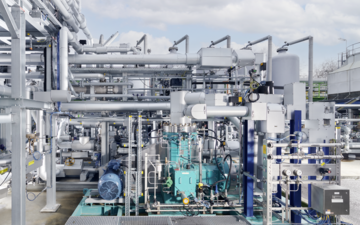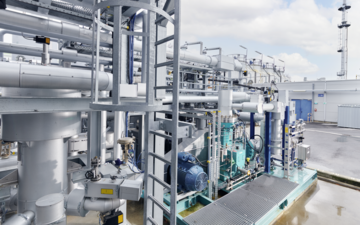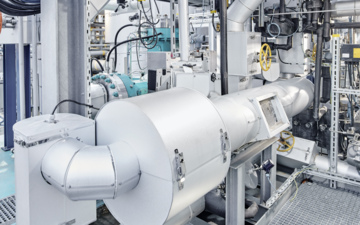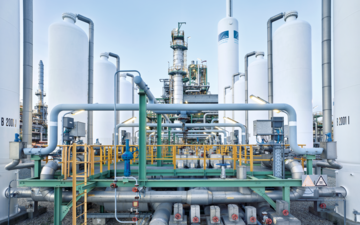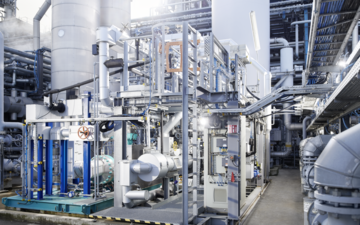Transformational technologies to accelerate the transition to a low-carbon economy by pipelining hydrogen to the point of use
Hydrogen holds great promise for the world’s decarbonization journey. But the point of production rarely corresponds to the point of use. Now, at the world’s first real-scale pilot plant in Dormagen, Germany, Linde is providing proof-of-concept for a market-ready transformational technology that connects the two. The plant combines Linde’s HISELECT® powered by Evonik membranes with pressure swing adsorption technology to extract hydrogen from natural gas pipeline blends – so hydrogen can be tapped as needed.
Downloads
